Best keyboard stands 2025: Our picks for home, studio and stage, whatever your budget
What you should look for in a keyboard stand, plus our pick of the most sturdy, stylish keyboard stands from K&M, Quicklok, RockJam, Roland, Jaspers and more...
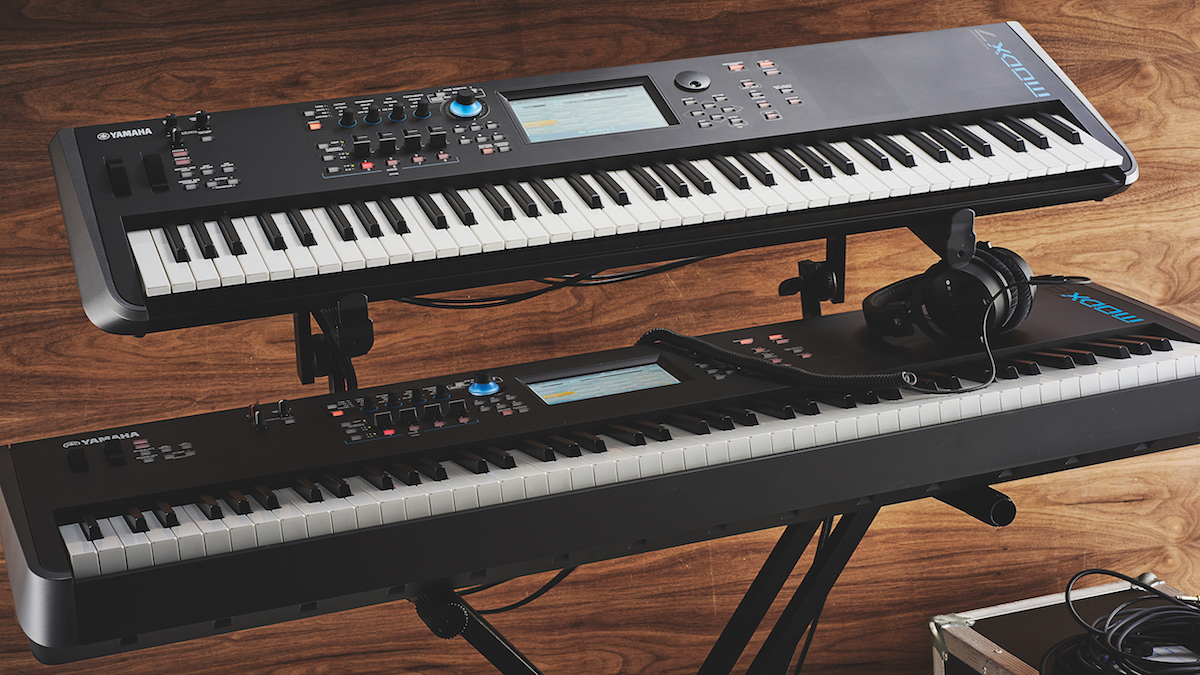
Like most support acts, the humble keyboard stand is often overshadowed by the more handsome heavyweights of the stage and studio, your prized keys and synths. But ignore it at your peril, the best keyboards stands are an essential bit of kit if you want your performances to go without a wobble.
Whether you’re a flamboyant, Wakeman-style stage performer with multiple ‘boards, a sedentary stage piano-pounder or a beginner with just a single home keyboard to accommodate, there’ll be something in this guide for you. After all, in every keyboard player’s life, there comes a time when you must take a stand…
If you just want to check out our choices, keep scrolling. If you’re looking for more guidance, hit the buying advice button above.
Our top picks
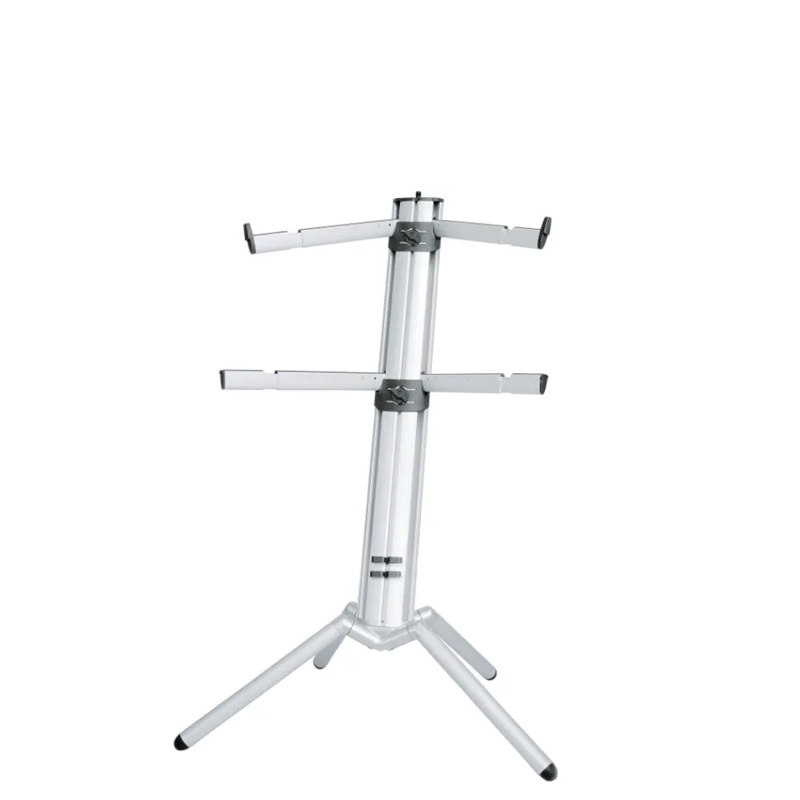
The K&M 18860 comes up time and again when researching the best keyboard stands, so it must be doing something right. Although not the cheapest, it seems like there’s nothing K&M haven’t thought of to make their stand the best in this category for professional players.
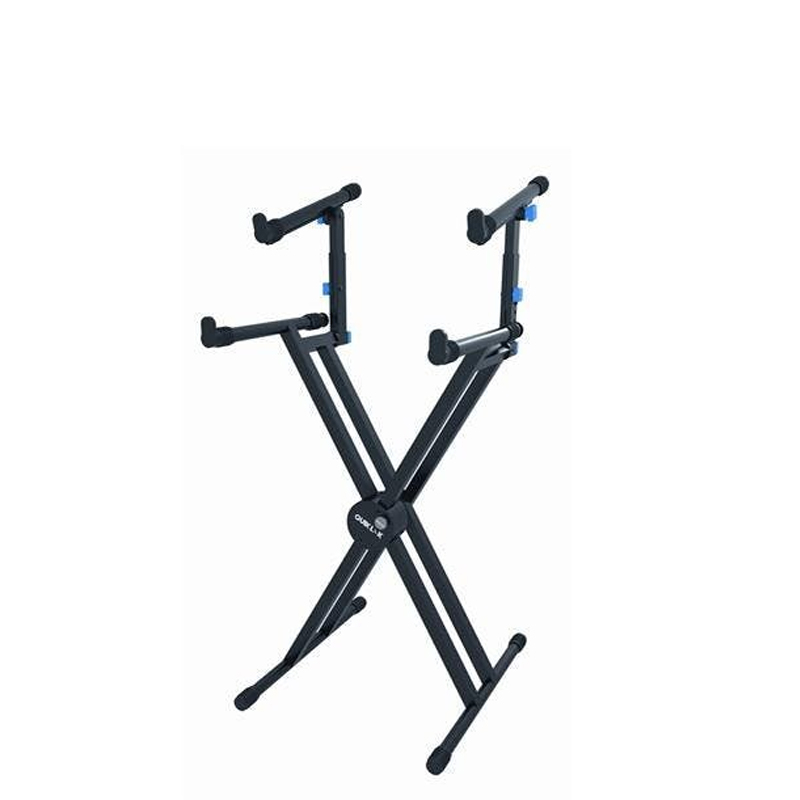
QuikLok has been the professional’s choice for decades, pioneering the central perforated disc and spring-loaded peg design that’s been facilitating quick setups since the 1980’s. With a pedigree that long, it’s a name that can continue to be trusted to accommodate your precious synthesizers.
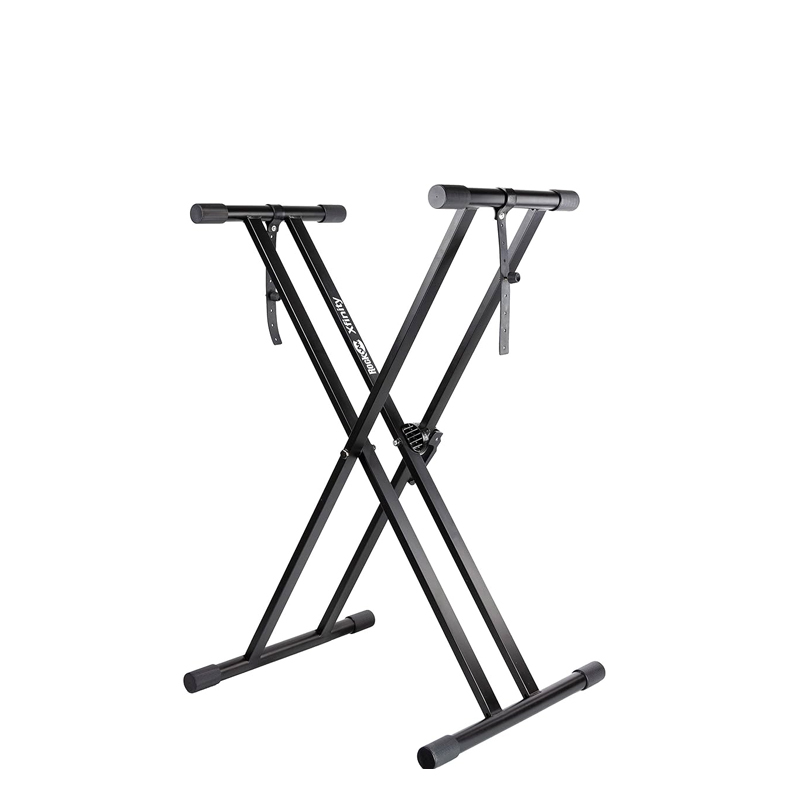
Although often billed as a ‘heavy-duty’ piano stand, with a load capacity of only 20kg, it’s best suited to lightweight electronic keyboards, so you should probably look elsewhere for something to house a digital piano.
Best overall
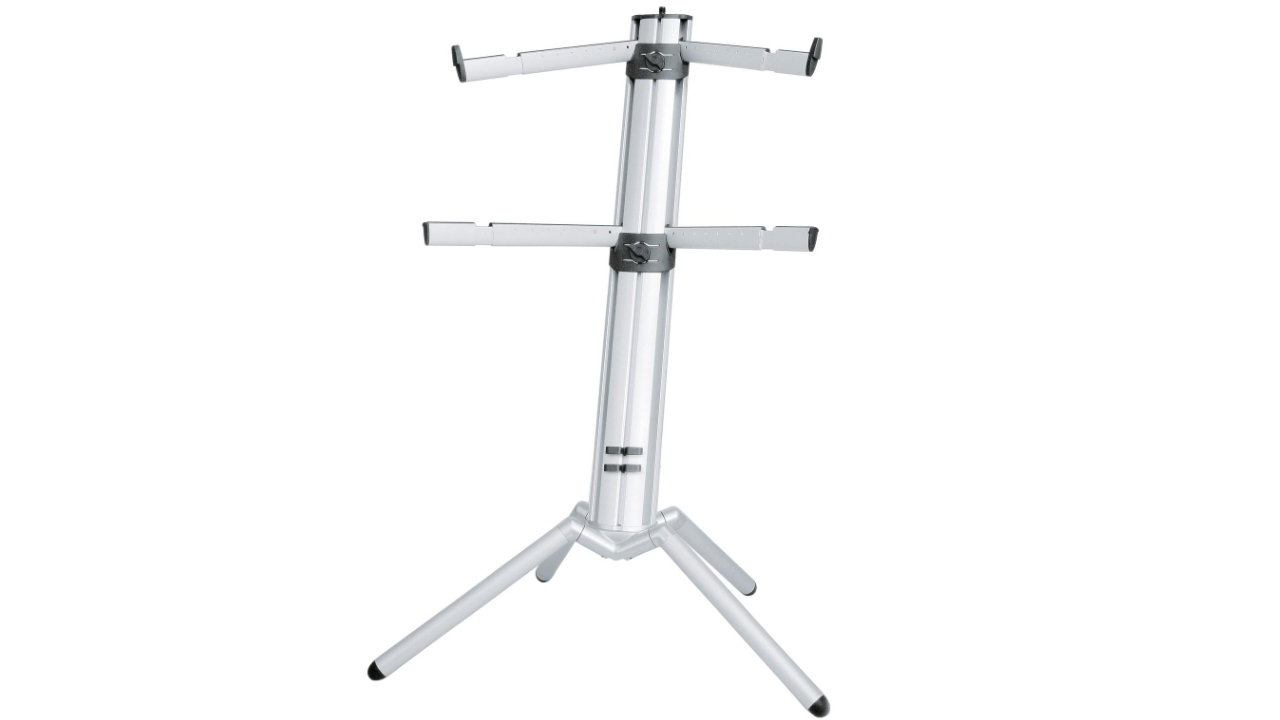
1. K&M 18860 Spider Pro
Our expert review:
Specifications
Reasons to buy
Reasons to avoid
The K&M 18860 comes up time and again when researching the best keyboard stands, so it must be doing something right. Although not the cheapest, it seems like there’s nothing K&M haven’t thought of to make their stand the best in this category for professional players.
Capable of housing two instruments, with the upper arms tilted at a 15-degree angle to the horizontal, the Spider Pro can be fitted with an optional extra pair of arms for a third keyboard, and also has a threaded connection on the top to attach a microphone boom arm. The lower part of the column sports two clips for cable management.
The reverse angle of the central column is set perfectly to allow full access to the lower keyboard, and you can even attach an optional laptop stand if required. The raised feet leave more than enough room for pedals, and you can even get it in a choice of silver, black or eye-catching red finishes.
Best double stand
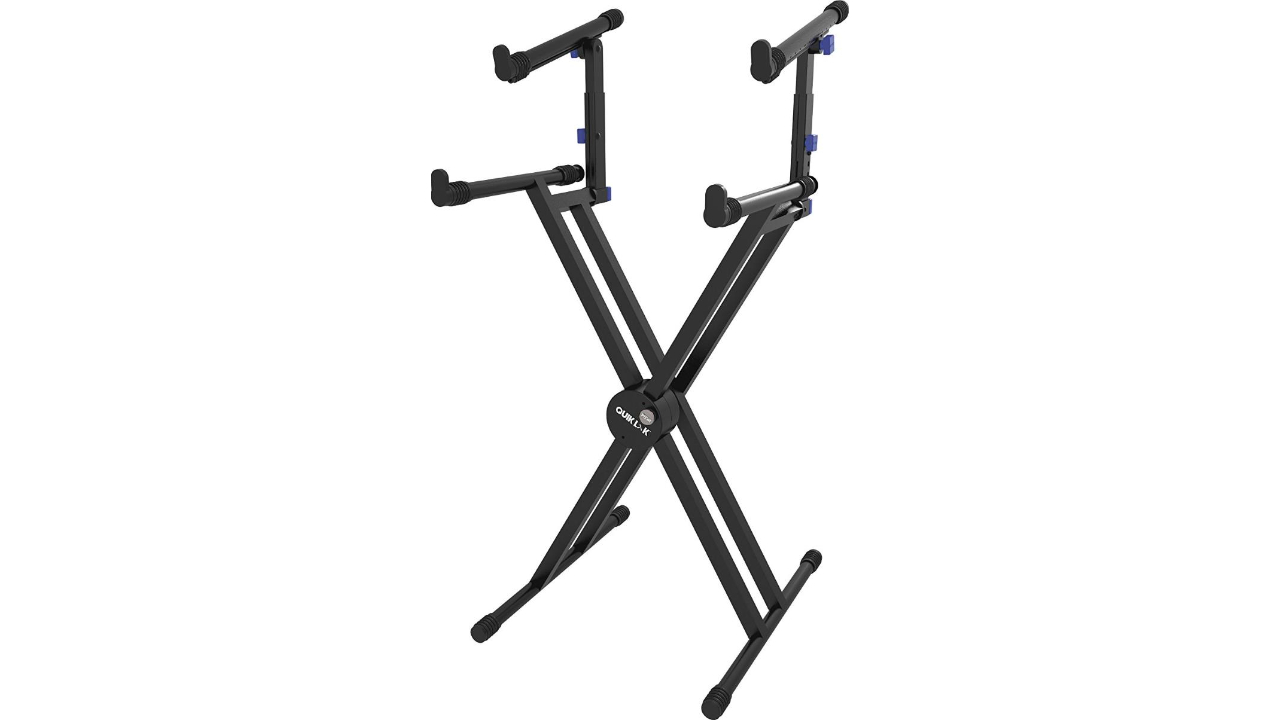
2. QuikLok QL742
Our expert review:
Specifications
Reasons to buy
Reasons to avoid
QuikLok has been the professional’s choice for decades, pioneering the central perforated disc and spring-loaded peg design that’s been facilitating quick setups since the 1980’s. With a pedigree that long, it’s a name that can continue to be trusted to accommodate your precious synthesizers.
The QL742 model is a versatile, double-braced X-style solution designed to hold two keyboards. The top tier has a fixed depth, but can be adjusted to multiple angles in multiple planes thanks to the toothed adjustment system - just undo one of the knobs, reposition and tighten to create your required playing setup.
With grippy, corrugated end-stops to hold things in place and several height/width adjustment options, the QL742 is a tried-and-tested model you can depend on.
Best on a budget
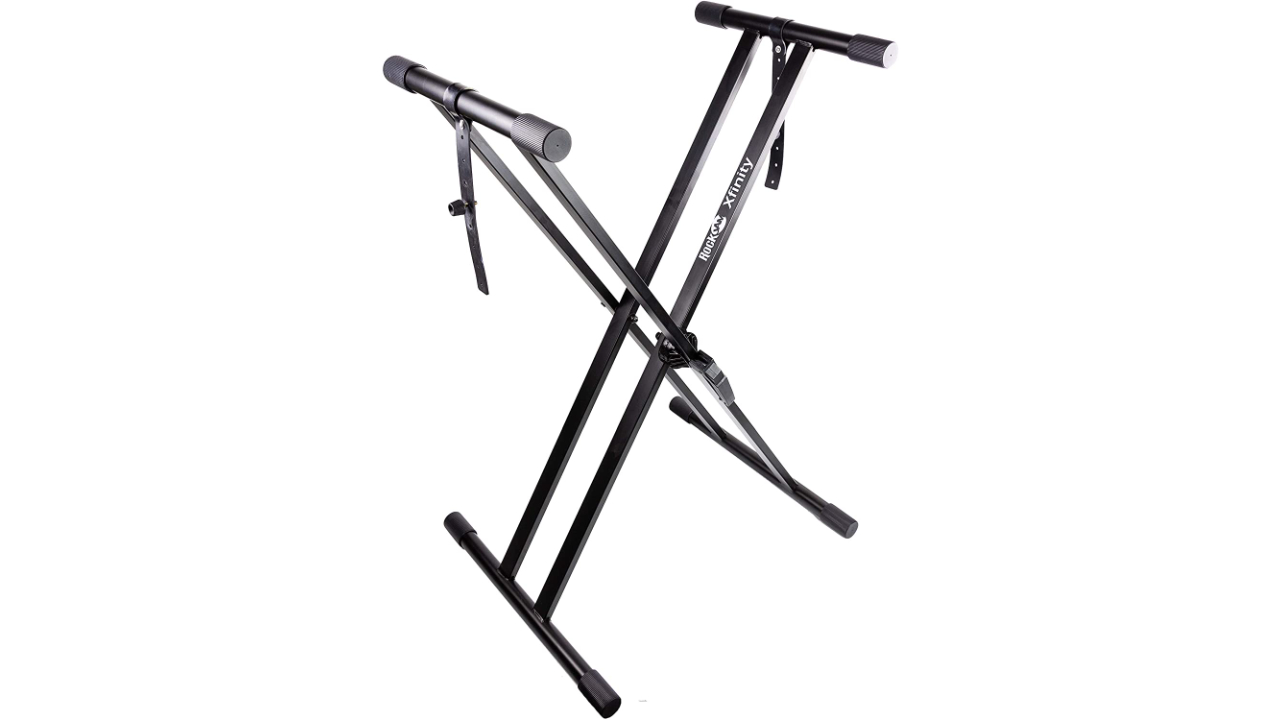
3. RockJam Xfinity RJXX363
Our expert review:
Specifications
Reasons to buy
Reasons to avoid
If all you need is just a simple, inexpensive single-tier stand to hold an equally inexpensive keyboard, the Rockjam Xfinity is definitely worth a look.
Although often billed as a ‘heavy-duty’ piano stand, with a load capacity of only 20kg, it’s best suited to lightweight electronic keyboards, so you should probably look elsewhere for something to house a digital piano.
Pre-assembled out of the box, the Xfinity comes with rubber bungee straps to keep your keyboard secure, a bonus when dealing with the kind of lightweight instruments it works best with. Its double-braced design means it should be more than sturdy enough - as long as you stick to the weight limit!
Best table-style
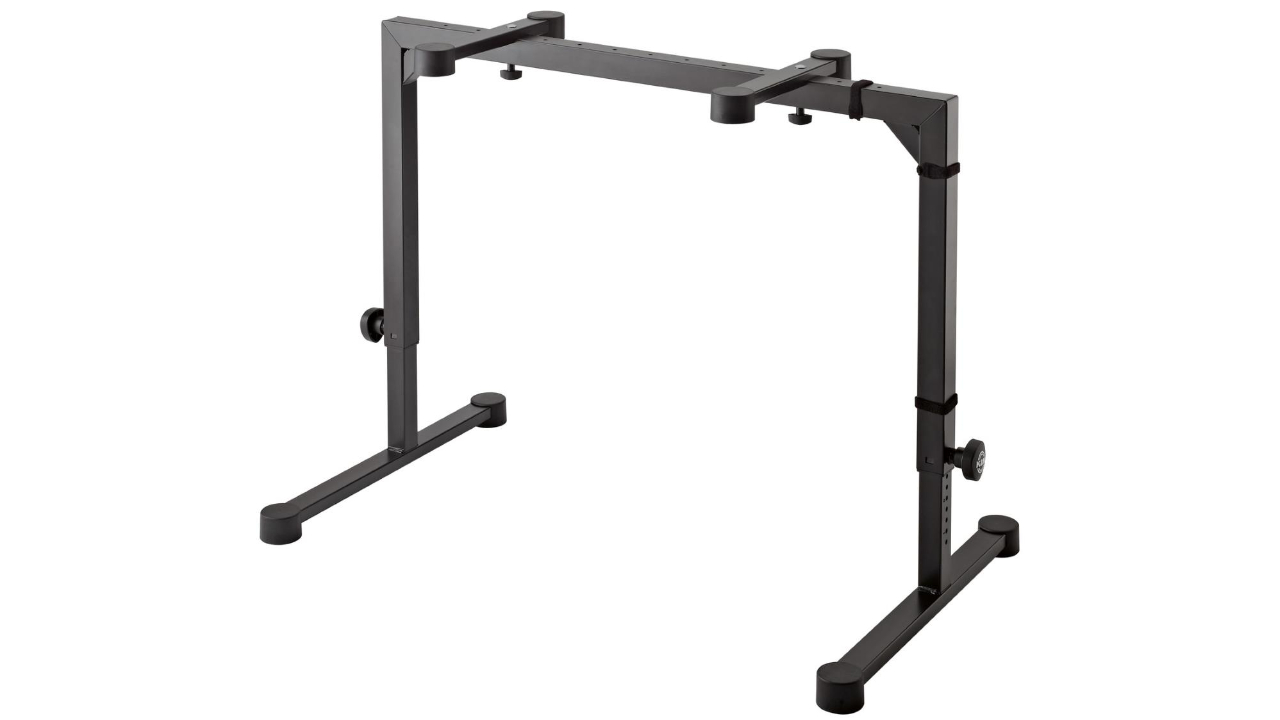
4. K&M Omega 18810 Black
Our expert review:
Specifications
Reasons to buy
Reasons to avoid
The 18810 is a premium design specially suited for stage pianos and other large, heavy instruments. Its rigid steel tubing construction, open, table-style design and large round floor protectors offer more than enough onstage stability, with plenty of room underneath for your knees and any pedals you might want to attach.
Speaking of attachments, there’s a huge range of optional accessories that can be bolted on to this stand, including microphone booms, extra tiers, laptop supports, tablet holders and music stands. The 18810 has four Velcro tapes for cable management and is engraved with a height scale.
Available in black, white or red finishes, there’s plenty of height and width adjustment, and it can be folded flat for storage, although its form factor makes it a little more awkward to transport than an X-style stand.
Best triple stand
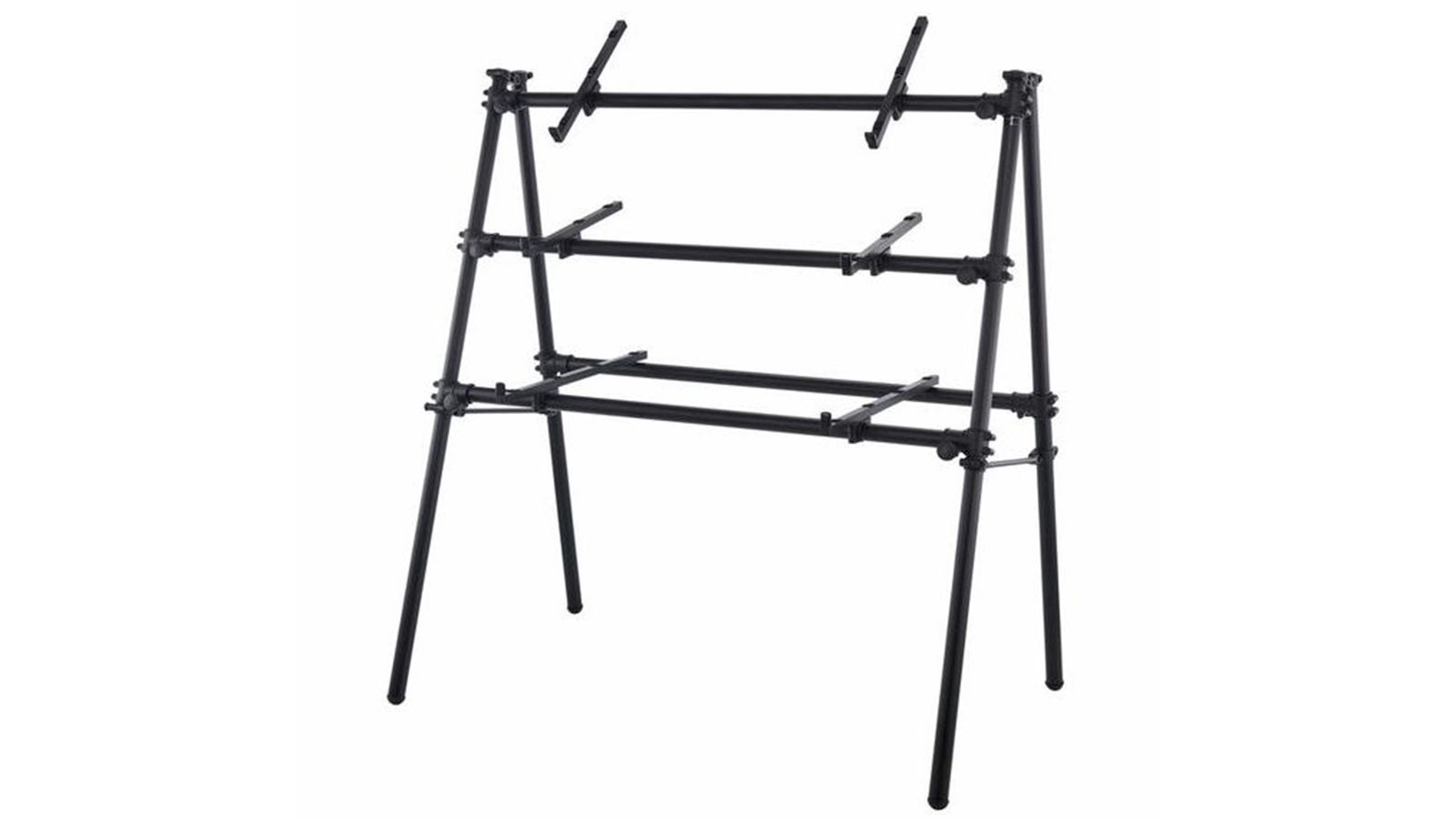
5. Jaspers Keyboard Stand 3D-105B
Our expert review:
Specifications
Reasons to buy
Reasons to avoid
Jaspers is a small, family-owned, German business with a big reputation for A-frame stands and racks. Ask any group of synth ticklers for a keyboard stand recommendation and the name ‘Jaspers’ is bound to get a mention, inevitably followed by the phrase ‘they’re expensive’.
Sure, the 3D-105B is a bit pricier than a basic X-frame but look at the benefits. It’s made from sturdy but light aluminium tubing that’s either powder coated or anodised, depending on the part. Three tiers are included but there’s room for more if you need it. The lower tier, which is reinforced by a second tube, can support up to 40kg, while the top tiers can handle 15kg each (more with optional strengthening bars). The tube clamps all feature handwheels for easy adjustment, and the whole thing, with a bit of effort admittedly, can be folded up for transport.
Out of the box, the 3D-105B is insanely good for positioning a quiver of synths and a drum machine or two on the top tiers, together with a big kick-ass controller on the lower tier. But why stop there? Jaspers stands are modular, so you can add more holders, strengthening bars and accessories as your collection of instruments grows. Need to build in a laptop stand, an iPad stand, a music stand or some speaker stands? No worries, they’re available as bolt-on optional extras. Oh, and there’s no need to dismantle the entire stand to do so either, saving you from an afternoon of DIY hell…
Best heavy-duty
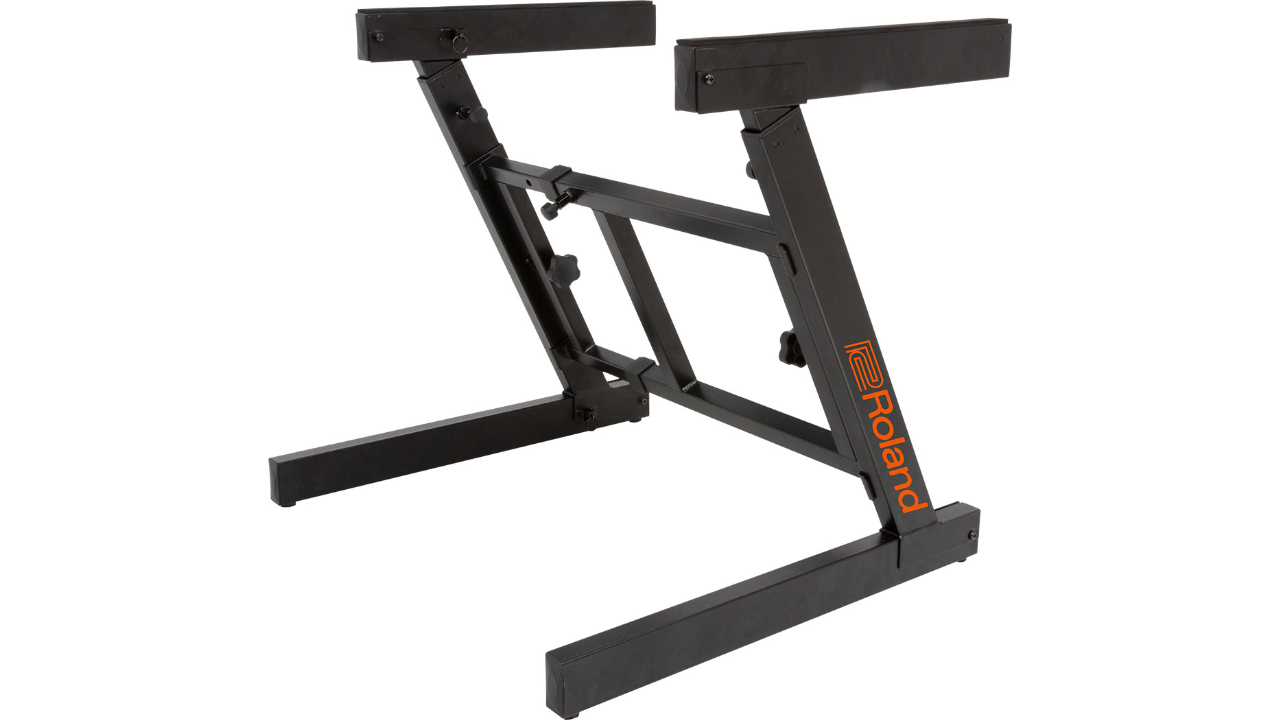
6. Roland KS-10Z
Our expert review:
Specifications
Reasons to buy
Reasons to avoid
Built with the quality you’d expect from a big name like Roland, the KS-10Z is robust enough to handle everything from a lightweight home keyboard to the heaviest 88-key stage piano. It’s a good-looking contraption that will set off any brand of keyboard nicely, not just Roland’s own instruments.
Seven levels of height adjustment facilitated by spring-loaded levers, combined with eight levels of width adjustment via sturdy metal crossbars make this a versatile and high-performance stand.
The support arms are foam-padded to give your keyboard a luxurious place to sit, and everything folds down neatly for transport. All in all, the KS-10Z represents a high degree of flexible support from a name you can trust.
Best A-frame
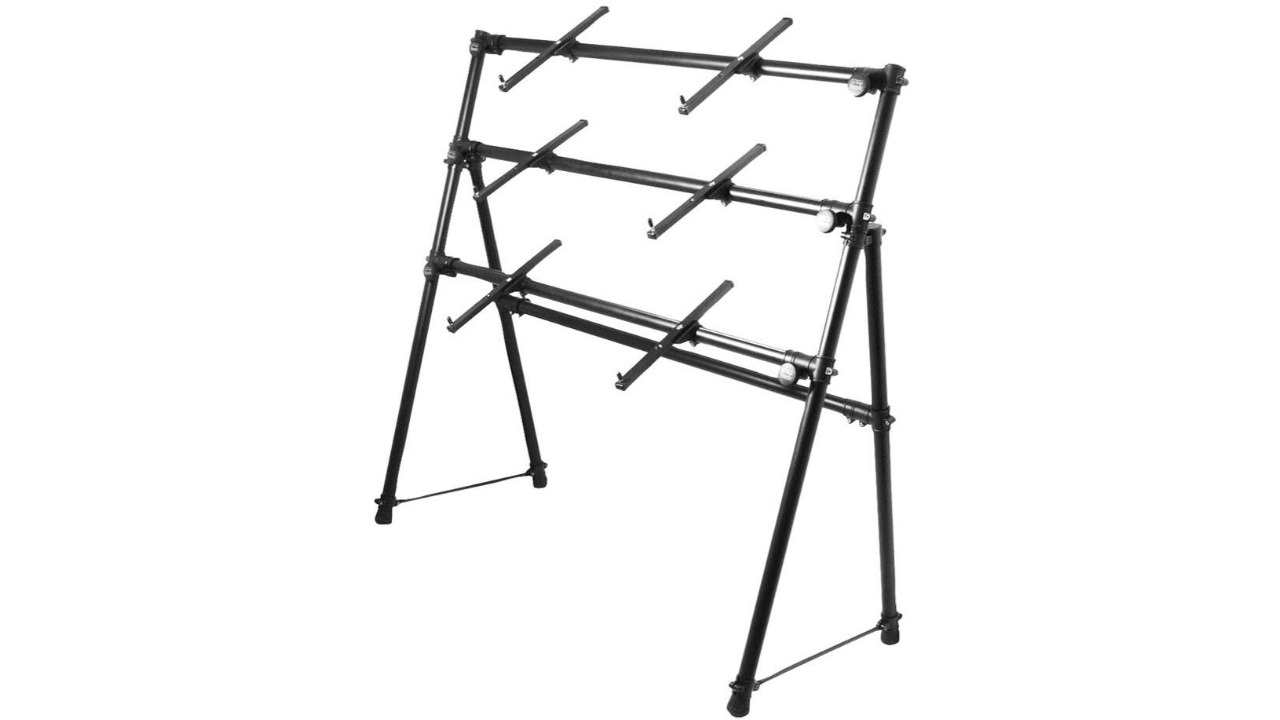
7. On-Stage KS7903 3-Tier A-Frame
Our expert review:
Specifications
Reasons to buy
Reasons to avoid
Ideal for those with a multi-keyboard setup, the KS7903 features folding A-shaped tubular aluminium side frames, connected by sturdy cross members onto which three pairs of adjustable support arms are bolted.
The 1295mm internal width is wide enough to accommodate a 76-key keyboard, and the support arms can hold up to 18kg payload each and be positioned anywhere along the cross members to comfortably house smaller instruments.
Three keyboards stacked up always looks impressive, and the KS7903 doesn’t disappoint in the looks department, setting any collection of boards off nicely whether displayed permanently in a studio or set up on stage. For the latter scenario, the frame folds up easily for storage and transportation.
Best Z-stand
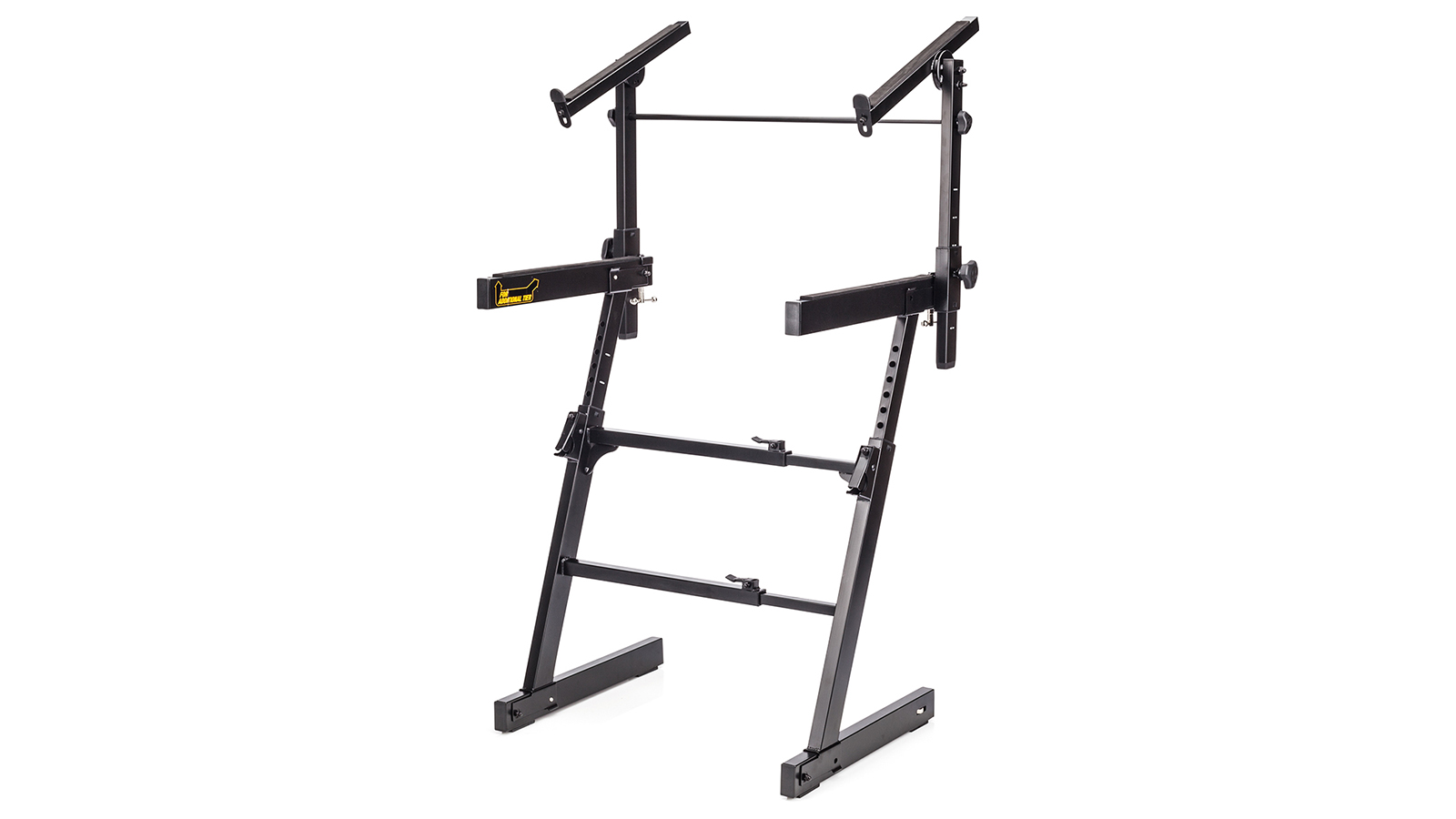
8. Hercules Stands KS410B
Our expert review:
Specifications
Reasons to buy
Reasons to avoid
Do you have recurring nightmares that your keyboard stand is going to give way mid-performance? Leaving you sitting with nothing but a bruised ego and crushed knees? Well, the Hercules Stands KS410B is for you. It can handle a whopping 130kg (286lb) of load without breaking into a sweat.
The heaviest stage piano I can find is the Kawai MP11 SE, which is built like a tank (it looks a bit tank-like too) but weighs only 34kg. Plenty to keep your Chiropractor in business but not nearly enough to trouble the KS410B. Same story with Yamaha’s new Montage M8x piano/super-synth/workstation thingy. It may be a heavyweight in the synth world, but it comes in at a paltry 28kg. You could perch both these keyboards plus a medium-sized vocalist on this stand without it flinching.
Why the over-engineering? We suspect it’s because Hercules wants you to enjoy a rock-solid platform for your keys, so it’s built a stand that can easily survive the rigours of touring. It’s made to last.
Load capacity aside, it’s a clean-looking two-tier Z-style stand, with adjustable rubber feet to ensure your playing remains on the level. Its Autolock system and locking pins, which have a reassuringly solid action, make setup and tear-down both easy and secure.
Buying advice
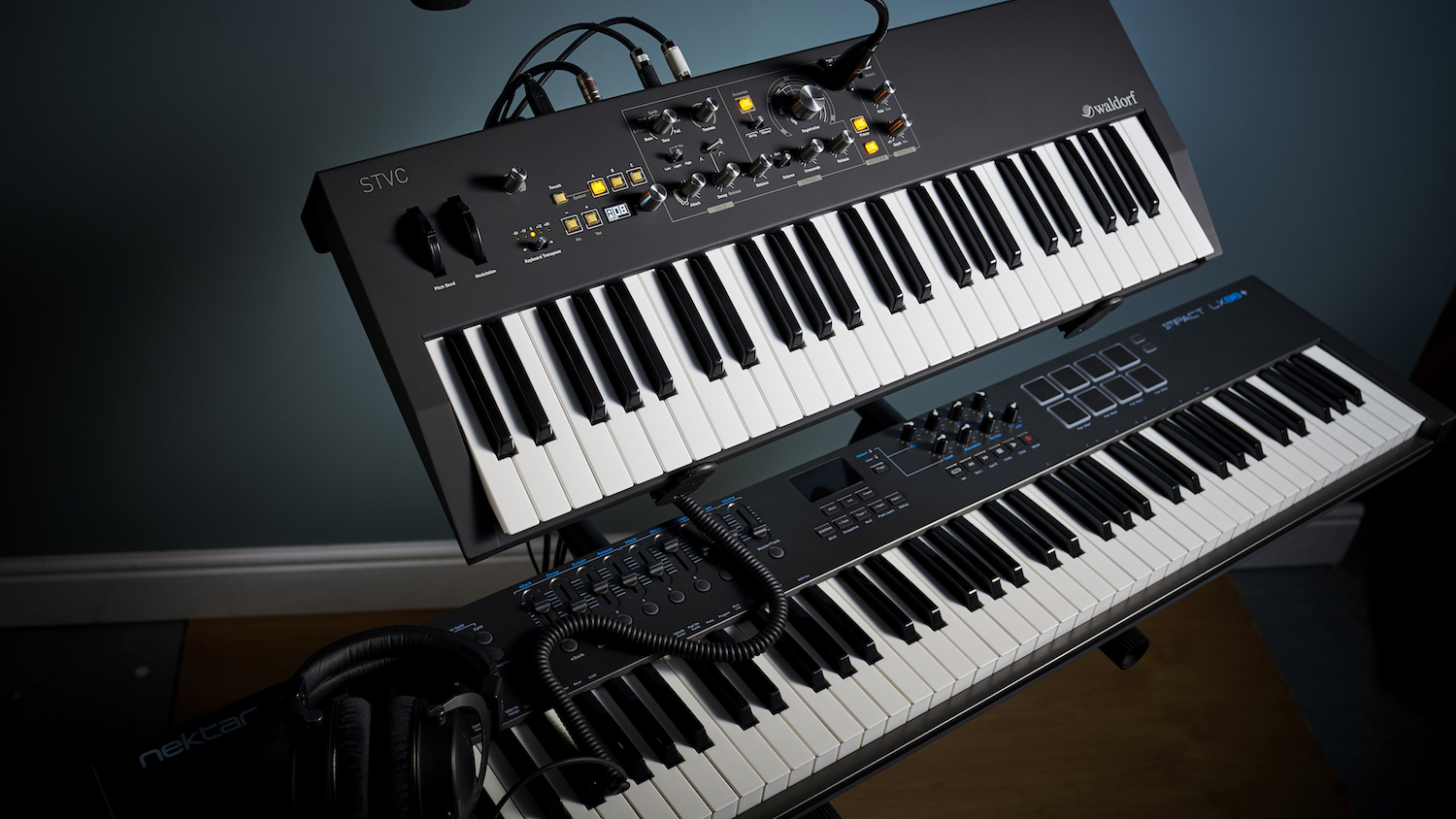
What types of keyboard stand are there?
The best keyboard stands come in a variety of styles, literally from A to Z, but which one is right for you? The ones on our list fall into five main categories:
X-Style keyboard stand
Probably the most common type of keyboard stand, X-style stands are popular due to them being sturdy, lightweight, foldable, versatile and affordable. They can be assembled rapidly by swinging the two crossmembers out into an X shape and locking the stand into place at the required height with a spring-loaded pin at the centre of the X. The result is a durable solution with broad appeal, although legroom can sometimes be an issue for taller, sedentary players.
Z-Style keyboard stand
Taking the form of twin Z-shaped side struts linked together by central horizontal supports, the Z-style stand is another high-performance, sturdy design that’s especially suited to a more permanent setup as it usually takes a little longer to assemble than the X-style variant.
Table style keyboard stand
These rock-solid designs are best for playing whilst seated, so are great for holding up stage pianos or organs. While maybe not the most attractive design aesthetically, they can easily handle the weight of a hammer-action 88-keyer without wobbling around and have a wide open design at the base, meaning there’s plenty of room for your pedals – and legs!
A-Style keyboard stand
A-frame stands work great for housing multiple instruments, good for storage or display purposes - we found stands in this style capable of holding six synths at a time. So if you have a lot of vintage synths in a project studio, for example, and don’t necessarily need to play them all that often, A-frames are a good way to go.
Central arm keyboard stand
These types of cantilevered stands have a large central column that extends backwards at an angle from the base, from which the keyboard support arms extend at roughly 45-degree angles to hold your instruments. They have an appeal for looking good on stage, and also tend to ‘disappear’ behind your keyboards, making them good for displaying your gorgeous synths without drawing too much attention themselves.
Besides overall type of stand, other things to bear in mind when buying a keyboard stand include:
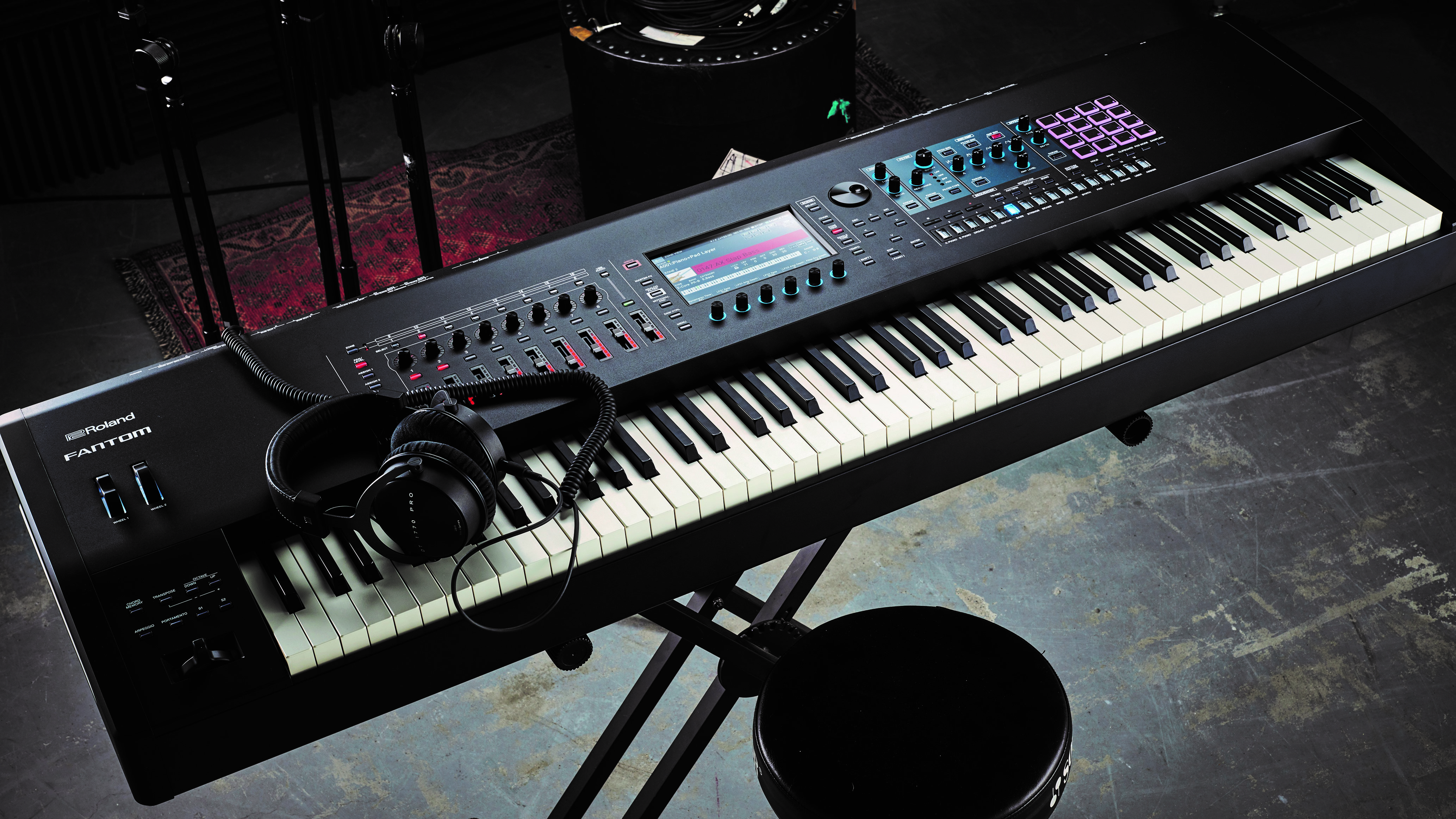
How heavy and what size is your keyboard?
MusicRadar's got your back
What keyboards will you be using with the stand? The number of keyboards you have determines the number of tiers you’ll need, and if you have small, 25-note keyboards be sure to check that the minimum width is small enough. This is particularly true with X-style stands, as the width and height are relative – the narrower the width, the greater the height of the main tier.
There’s also the weight to consider – you don’t want your expensive and delicate instruments plummeting to the ground, so be sure the stand you go for is strong enough to accommodate the total load capacity.
How much legroom do you need?
If you play sitting down, you may want to consider a table or Z-style stand over an X configuration, as X-style stands, particularly double-braced versions, can inhibit knee room when playing seated, especially if you’re of basketball-player proportions.
What are you using your keyboard stand for?
For regular gigging, it’s important to consider overall portability, plus how long it takes to set up and break down a stand before and after the show. If you need a stand for home or studio use though, it’s more likely to be a semi-permanent setup, making this less of an issue.
When assembling this guide, we ruled out stands made as accessories for individual models of keyboard, like ones intended for use with a specific piano from big manufacturers like Yamaha and Kawai. Instead, we focused on general, multi-purpose stands designed to support any common-or-garden keyboard or synth from project studio to stage.
Outstanding advice
In summary, before you commit any cash to the first model you see, work out what you need from a stand and narrow down your choice from there. From A-Frame stands to Z-Style stands, you’ll discover plenty of options to support your keys, but one is bound to prove better than the rest for you and your kit. We’ve touched on this already, but if you’re tall beware some X-Style stands, because you’ll forever be brushing your legs against theirs (and not in a flirtatious way).
Consider the weight of your kit, plus the load capacity of each stand, and build in some headroom to be on the safe side. If you gig a lot, how easy will it be to set-up and tear-down night after night? Look for a stand that’s secure, robust and can be returned to precisely the same playing height with ease. Trust us, faffing around with flailing arms and legs (the stand’s, not yours) pre-gig is no fun. Similarly, trying to fold up a stand post-gig that still wants to stay up and party is tiresome to say the least. So, make sure it’s well-behaved and folds up quickly and neatly.
Finally, A-Frame stands that display all of your synths from floor to ceiling look amazing loaded with the right kit, LEDs flashing in unison. However, don’t expect to be able to play the ‘boards stacked four inches from the floor, or six inches from the ceiling - it’s not going to happen (more than once, anyway). Instead treat these as storage/display stands or rig up a controller to play them remotely from a comfier stand elsewhere in your studio.
How we choose the best keyboard stands
Here at MusicRadar, we are experts in our field, with many years of playing, creating and product testing between us. We live and breathe everything music gear related, and we draw on this knowledge and experience of using products in live, recording and rehearsal scenarios when selecting the products for our guides.
When choosing what we believe to be the best keyboard stands available right now, we combine our hands-on experience, user reviews and testimonies and engage in lengthy discussions with our editorial colleagues to reach a consensus about the top products in any given category.
First and foremost, we are musicians, and we want other players to find the right product for them. So we take into careful consideration everything from budget to feature set, ease of use and durability to come up with a list of what we can safely say are the best keyboard stands on the market right now.
Find out more about how we test music gear and services at MusicRadar.
Related buyer's guides
- Best keyboards for beginners: Start playing today
- Best digital pianos for beginners: start playing in style
- Best electronic keyboards: top keyboard options for every budget
- Best online piano lessons: recommended apps, software and websites
- Don't forget about these other essential piano accessories
- Explore our pick of the best Casio keyboards
Get the MusicRadar Newsletter
Want all the hottest music and gear news, reviews, deals, features and more, direct to your inbox? Sign up here.
Dave has been making music with computers since 1988 and his engineering, programming and keyboard-playing has featured on recordings by artists including George Michael, Kylie and Gary Barlow. A music technology writer since 2007, he’s Computer Music’s long-serving songwriting and music theory columnist, iCreate magazine’s resident Logic Pro expert and a regular contributor to MusicRadar and Attack Magazine. He also lectures on synthesis at Leeds Conservatoire of Music and is the author of Avid Pro Tools Basics.
MusicRadar deals of the week: Enjoy a mind-blowing $600 off a full-fat Gibson Les Paul, £500 off Kirk Hammett's Epiphone Greeny, and so much more
“For those who think they know Joel’s story, as well as those who are not as familiar, I believe this two-part film is both a revelation and a surprise”: New Billy Joel doc is on the way
